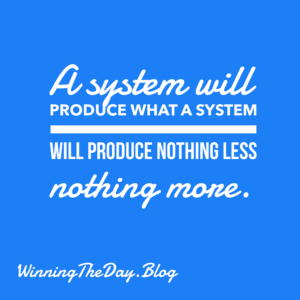I’ve been diving into the work of Adam Grant lately—you know, the organizational psychologist and author from Wharton. His insights are seriously game-changing, especially as we head into 2025.
We’re all about fresh starts and setting goals as a new year kicks off, right? But I’m starting to think that personal growth isn’t the whole story. What if the real secret to crushing it in 2025 is actually about being generous?
Sure, being generous is a good thing, but Grant’s research shows it’s way more powerful than just a nice personality trait. It’s actually a solid strategy for success, both personally and professionally.
He talks about three types of people in the workplace: takers, matchers, and givers.
- Takers are all about getting ahead, even if it means stepping on others.
- Matchers are the “I’ll scratch your back if you scratch mine” types.
- But then there are givers—the ones who genuinely want to help others succeed, without expecting anything in return.
And guess what? It’s the givers who end up on top in the long run. They’re the ones who jump in to help other teams, invest time in mentoring others, and generally focus on lifting everyone up.
Why does this work? Because generosity builds trust and creates strong relationships. When you’re genuinely supportive of others, people want to work with you and for you. Plus, helping others shine actually boosts your own value and impact. It’s a win-win.
Grant even said something super interesting in an interview:
“Generosity isn’t just a sign of virtue. It’s also a mark of intelligence.”
Turns out, people with higher IQs tend to think long-term and focus on the collective good, not just their own immediate needs.
So, how can we bring more of this generosity into our work lives? Here are a few ideas that have been resonating with me:
- Share your knowledge: Mentoring others or offering advice isn’t just helpful for them—it helps you grow too.
- Celebrate wins, big and small: Be as enthusiastic about your team’s successes as you are about your own.
- Ask genuine questions: Showing real interest in others builds authentic connections.
Ultimately, Adam Grant’s research reminds us that success isn’t a zero-sum game. By prioritizing generosity and focusing on the success of others, we can unlock our own potential and create a more collaborative and thriving work environment.






